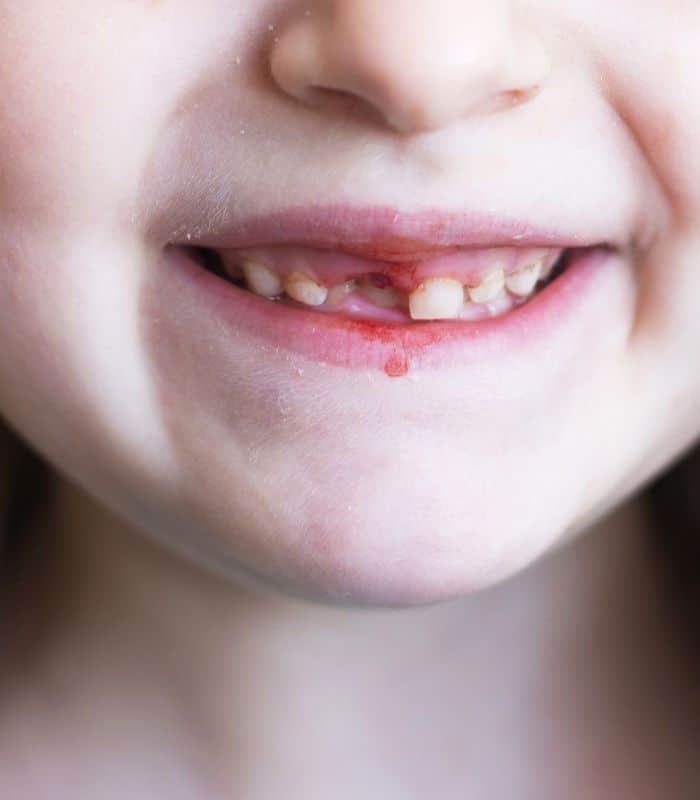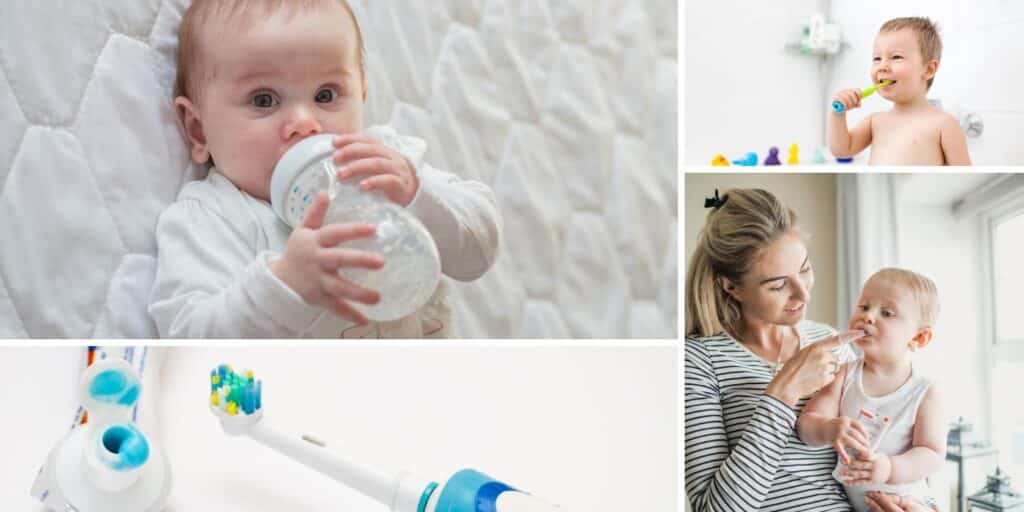Baby Bottle Tooth Decay: Understanding Causes and Treatment
Baby bottle tooth decay is a condition that can lead to cavities and premature tooth loss in infants, primarily caused by prolonged use of the milk bottle. For many parents, the potential risks associated with extended bottle use and the significance of dental health in very young children might not be well-known.
| Uncover top-notch dental clinic treatments for baby bottle tooth decay |
Here’s a comprehensive guide to help you understand the causes and treatment of baby bottle tooth decay.
Importance of Baby Teeth
While some may underestimate the significance of baby teeth, they play a crucial role in the early years of a child’s life. Baby teeth are essential for chewing, aiding in speech development, and laying the foundation for the growth of straight and healthy adult teeth. Neglecting your child’s dental care, coupled with the effects of baby bottle tooth decay, can have lasting impacts on their long-term oral health and self-esteem if left untreated.
Causes of Baby Bottle Tooth Decay:
The primary cause of baby bottle tooth decay is the prolonged exposure of a child’s gums and baby teeth to sugary fluids. Even seemingly harmless substances like milk, formula, or honey contain natural sugars that, when left in the child’s mouth, create an environment conducive to bacterial growth. Over time, these bacteria attack the teeth, leading to cavities and decay. Signs of baby bottle tooth decay may include toothaches, white spots on the teeth, gum inflammation, cavities, and, in severe cases, fever if the tooth or gums become infected.
Contact Us Today!
If you’re looking for a dentist in the area, we’d be delighted to show you what we can do. We look forward to meeting you and assisting you in achieving optimal oral health!

Identifying Symptoms of Baby Bottle Tooth Decay
Baby bottle tooth decay has the potential to impact any of your child’s teeth, with a higher prevalence in the upper and lower front teeth. Recognizing the signs of tooth decay is crucial for timely intervention and effective dental care. Keep an eye out for the following common symptoms:
- White Spots: Presence of white spots on the surface of the teeth, indicating the early stages of decay.
- Tooth Cavities: Development of cavities or holes in the teeth, a visible sign of progressive decay.
- Toothache: Complaints of toothache or discomfort, often indicative of dental issues.
- Swollen or Bleeding Gums: Swelling or bleeding of the gums, highlighting potential gum inflammation associated with decay.
- Fever: A fever may arise due to gum or tooth infection, emphasizing the systemic impact of untreated dental concerns.
Monitoring your child for these symptoms and seeking prompt dental attention can play a vital role in addressing baby bottle tooth decay and ensuring optimal oral health.
Treatment Options for Baby Bottle Tooth Decay:
Prompt action is crucial if you observe signs of baby bottle tooth decay in your child. Consulting a children’s dentist is essential to determine the appropriate treatment. Some common treatment options include:
- Fluoride Treatments: Application of fluoride to remineralize teeth and strengthen enamel.
- Dental Fillings: Removal of decay and application of dental fillings to restore affected teeth.
- Dental Sealants: Application of dental sealants on specific teeth to prevent the spread of cavities.
- Tooth Extraction: In severe cases, extraction of affected teeth may be necessary.

Preventive Measures:
Preventing Baby Bottle Tooth Decay: A Guide for Parents
Preventing baby bottle tooth decay is crucial for your child’s oral health. Implementing proper oral care practices and making mindful choices can help safeguard those precious baby teeth. Here’s a comprehensive guide:
- Pre-Eruption Care:
- Gentle Cleaning: Before your child’s teeth emerge, use a wet cloth or gauze pad to wipe their gums after each bottle feed. This helps remove dental plaque and excess sugar.
- Early Brushing Routine:
- Initiate Brushing: As soon as your baby’s first tooth appears (usually around six months), start brushing with a soft-bristled toothbrush.
- Brushing Techniques: Make it an engaging experience by using a back-and-forth scrubbing motion. Singing a fun song can make the process enjoyable for both you and your baby.
- Toothbrush Maintenance:
- Regular Replacement: Change the toothbrush every 3-4 months or sooner if the bristles appear worn.
- Fluoride Toothpaste Usage:
- Appropriate Amount: Use a smear of fluoride toothpaste (at least 1000ppm) for children below 3 years old. For those 3 years and above, a pea-sized amount is suitable.
- Avoid Swallowing: Ensure your child does not swallow toothpaste to prevent fluorosis. Monitor toothpaste use and seek guidance during early dental check-ups.
- Dental Check-ups:
- Early Visits: Schedule early dental check-ups to receive advice on toothpaste use and assess your child’s caries risk.
- Flossing Routine:
- Introduce Flossing: Once teeth touch each other, start flossing. Consider using pre-threaded floss picks for convenience.
- Weaning from the Bottle:
- Transition to a Cup: Begin transitioning from the milk bottle to a cup around one year old.
- Avoid Sleeping with Bottles: Refrain from putting your child to sleep with a bottle containing formula milk.
- Consistent Brushing Habits:
- Twice-Daily Brushing: Encourage a routine of brushing twice a day – in the morning and before bedtime after the last milk feed or food.
By incorporating these preventive measures into your child’s oral care routine, you contribute to the well-being of their baby teeth and set the foundation for a lifetime of healthy dental habits.
Conclusion
By incorporating proper oral health care practices, you can contribute to maintaining your child’s teeth and gums, establishing positive habits that will benefit them into adulthood. Early intervention and a focus on preventive measures are key to ensuring your child’s oral health remains optimal.


